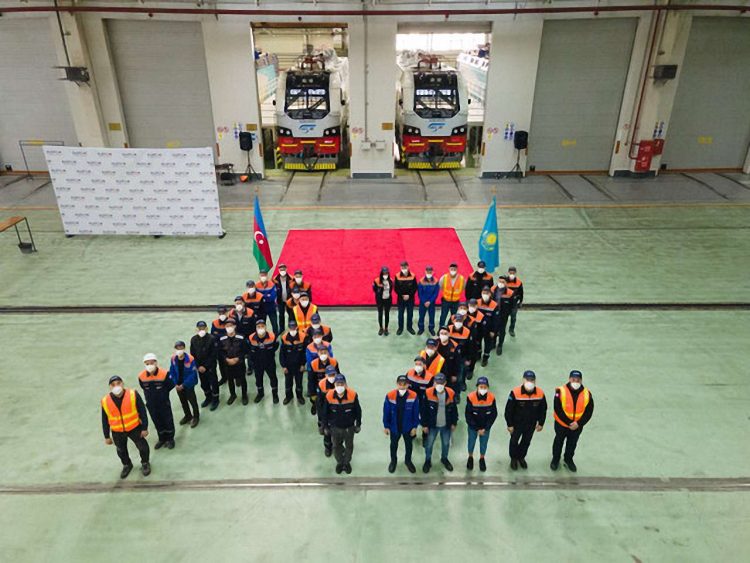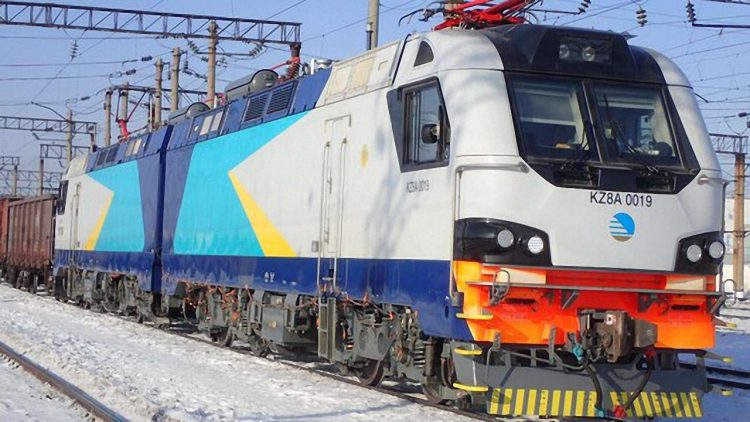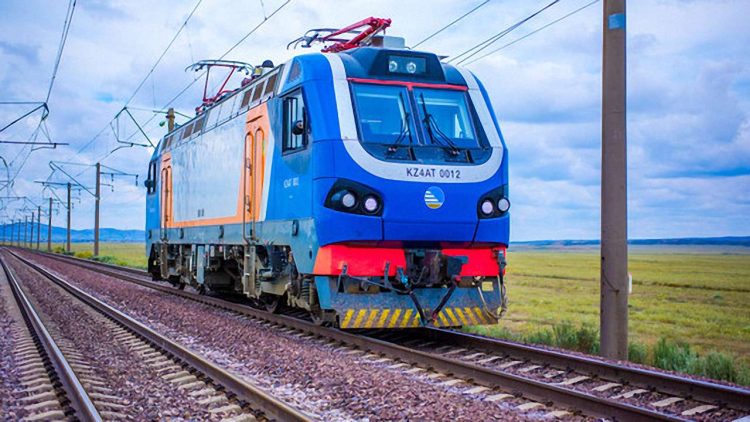Alstom has delivered the final Prima T8 AZ8A heavy freight locomotive of a contract to deliver 40 locomotives to Azerbaijan Railways.
Alstom signed a €288 million contract in 2014 for 50 electric locomotives.
These included 40 Prima T8 AZ8A heavy freight locomotives manufactured by Alstom’s joint venture partner EKZ in Nur-Sultan, Kazakhstan, and ten Prima M4 AZ4A passenger locomotives built in Belfort, France, and delivered to Azerbaijan.
The Prima T8 is a 25-ton per-axle two-section freight locomotive and is one of the most powerful electric locomotives in the world.

It can haul up to 9,000 tons at 120 km/h, with a continuous power rating of 8.8MW.
It is designed to operate in temperatures ranging from -25°C to 50°C, requires minimum maintenance, and provides high reliability levels and low lifecycle costs thanks to its modular design.
The Prima range covers a number of locomotive types from heavy-haul, freight, and passenger operation, to shunting or track work.

Over the past 20 years, more than 3,200 Prima locomotives have been sold worldwide.
Alstom’s EKZ joint venture employs around 850 people and will maintain the Prima electric locomotives supplied to Azerbaijan as well as those ordered by KTZ, Kazakhstan’s national railway company.

Kanat Alpysbayev, Managing Director of Alstom in Western and Central Asia, said “The final delivery is a milestone that we always celebrate. The shipment of locomotives for Azerbaijan is of particular importance for us, as this is our first export contract for Kazakhstan. Despite all the difficulties posed by the pandemic, we have been able to reach this milestone as a result of the commitment of our team.
“These locomotives play a key role in boosting the freight transportation capacity within Azerbaijan, and, moreover, they contribute to the ambitious goals of increasing the transit potential of the Trans-Caspian railway corridor. We are continuing to develop our close partnership with Azerbaijan Railways, including the organization of the locomotive fleet maintenance and the implementation of railway signalling projects.”






Responses